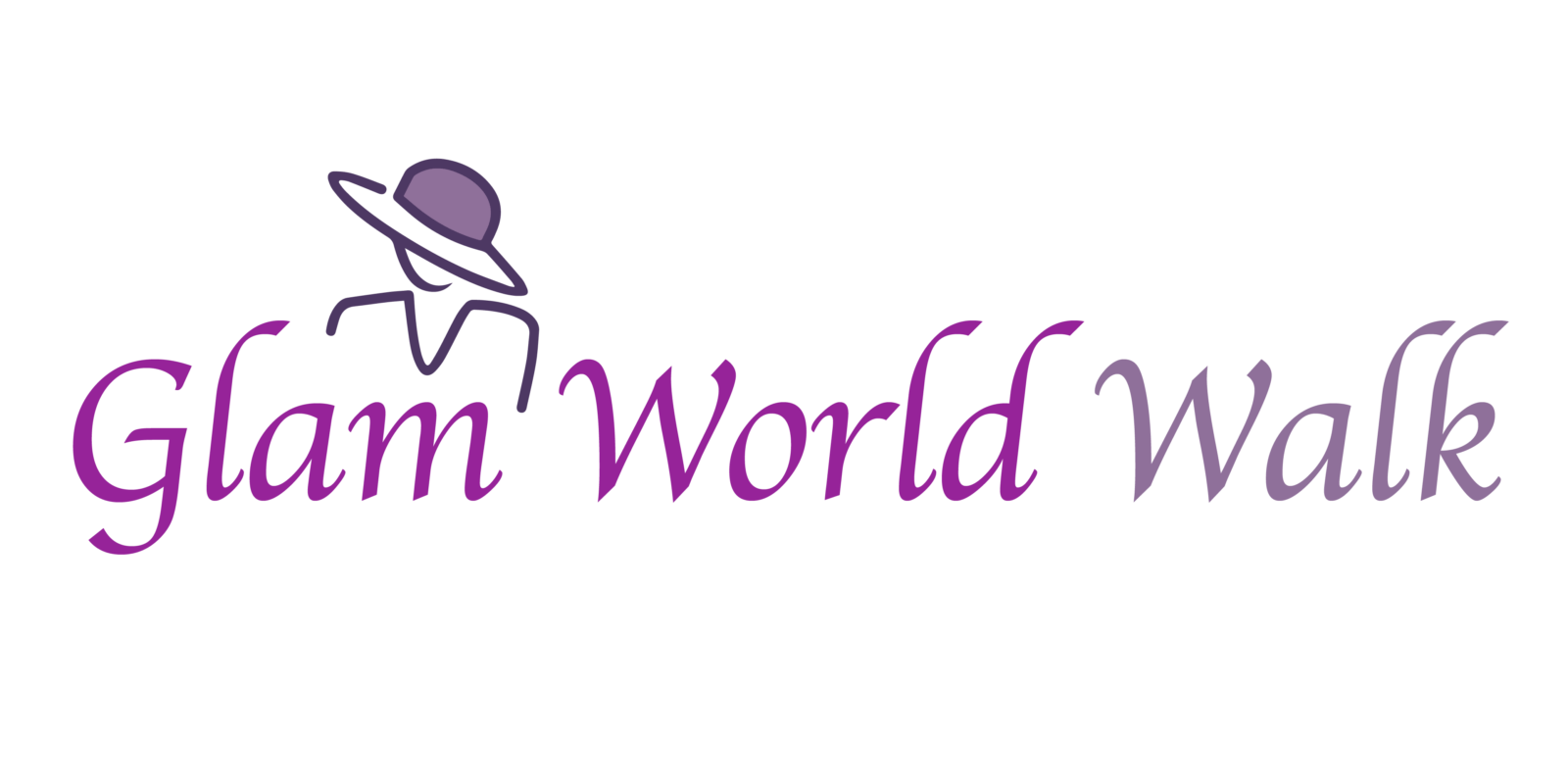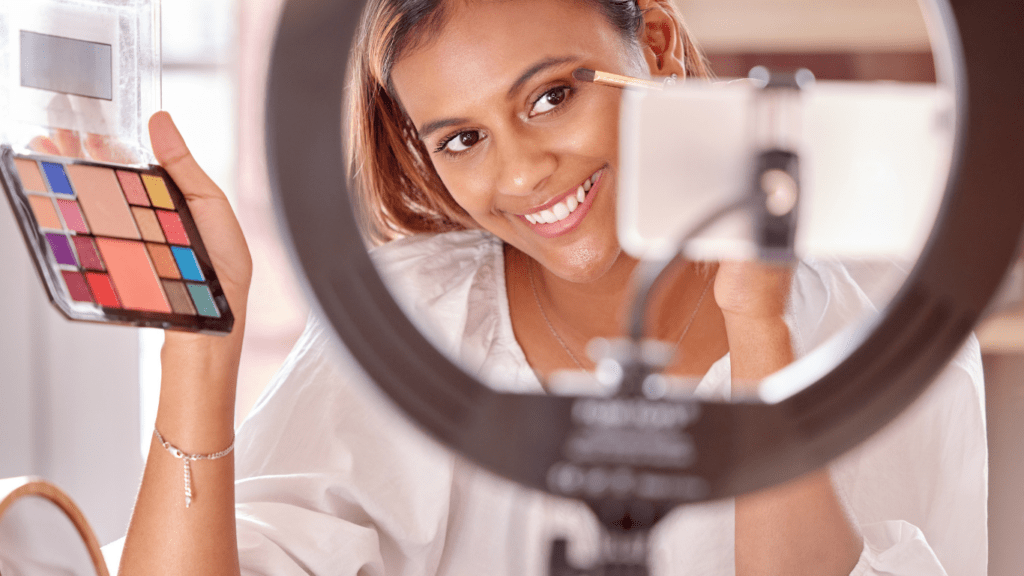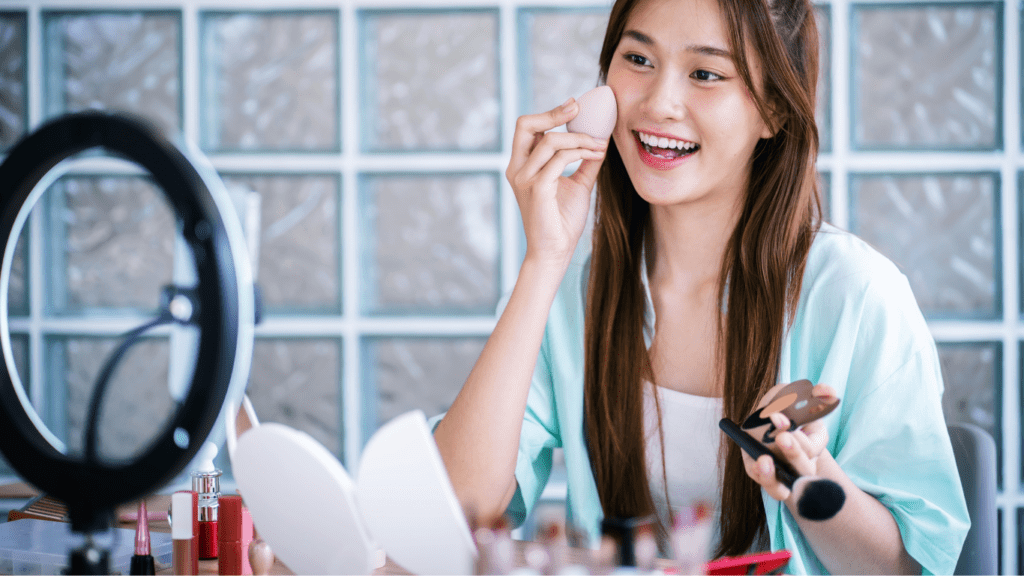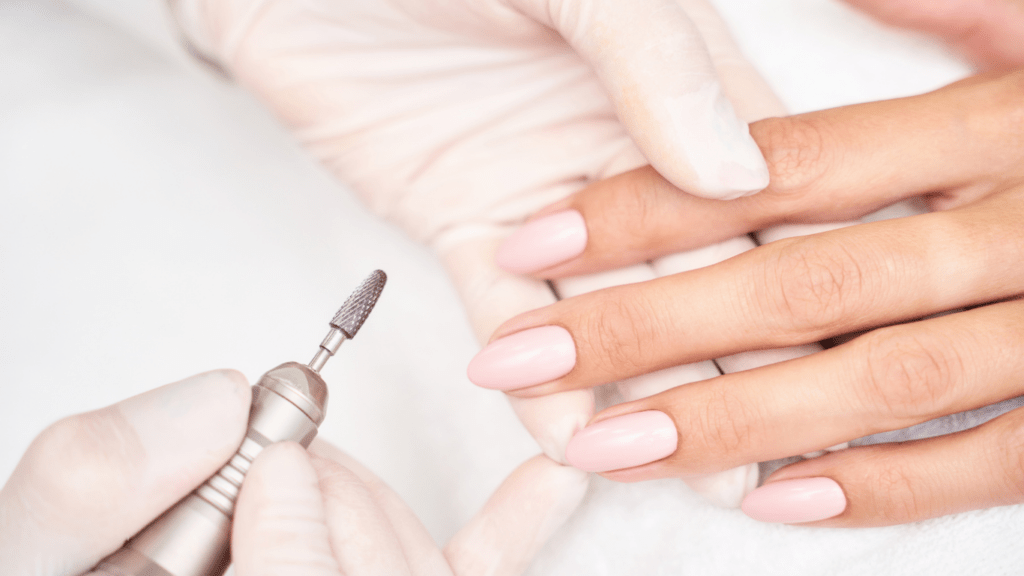The Rise of K-Beauty
K-Beauty has become a significant force in the global beauty industry. Known for its innovative products and unique approach to skincare, it has captured the attention of beauty enthusiasts and professionals alike. K-Beauty focuses on achieving long-term skin health through consistent care, which stands in contrast to the Western emphasis on cosmetic fixes.
Pioneering Formulas and Ingredients
K-Beauty brands are pioneers in incorporating novel ingredients like snail mucin, ginseng, and centella asiatica into their products. These ingredients are celebrated for their healing and anti-aging properties. For example, snail mucin is known to promote collagen production, while ginseng rejuvenates skin, and centella asiatica has anti-inflammatory benefits.
The 10-Step Skincare Routine
The renowned 10-step skincare routine has garnered global admiration. This method includes cleansing, exfoliating, toning, and multiple layers of hydration via essences, serums, and moisturizers. Each step serves a specific purpose, contributing to overall skin health and a radiant complexion.
Innovative Product Formats
K-Beauty has introduced various innovative product formats to the market. Some notable examples include sheet masks, cushion compacts, and sleeping packs. Sheet masks provide intense hydration, cushion compacts offer convenient, buildable coverage, and sleeping packs deliver overnight nourishment.
Emphasis on Natural Beauty
K-Beauty places a significant emphasis on enhancing natural beauty rather than masking imperfections. Products are designed to improve skin texture and tone, making the skin look naturally radiant. This philosophy promotes a healthier relationship with skincare, focusing on prevention and maintenance rather than correction.
Influence on Global Beauty Standards
K-Beauty’s influence can be seen in the rise of glass skin and chok-chok skin trends. Glass skin refers to a clear, luminous complexion resembling glass, achieved through rigorous hydration and regular exfoliation. Chok-chok skin emphasizes a dewy, bouncy texture, reflecting well-moisturized skin.
Consumer Education and Community
The rise of K-Beauty also includes a strong focus on consumer education and community engagement. Numerous blogs, forums, and social media accounts are dedicated to explaining K-Beauty products and routines. This communal knowledge-sharing empowers consumers to make informed decisions about their skincare.
K-Beauty’s rise has not only set new standards in skincare but also influenced global beauty routines and products. This movement continues to grow, introducing new trends and setting benchmarks for innovation in the beauty industry.
Key Components of K-Beauty
K-Beauty sets the global standard through its unique approach to skincare and innovative ingredients. This section details the core elements that define K-Beauty.
Skincare Routine
The hallmark of K-Beauty is its comprehensive skincare routine. The famous 10-step routine often includes:
- Double Cleansing: This involves using an oil-based cleanser followed by a water-based one to remove impurities.
- Exfoliation: Once or twice weekly, exfoliation removes dead skin cells.
- Toning: Application of toner helps balance the skin’s pH.
- Essence: An essence hydrates and enhances skin repair.
- Serums and Ampoules: These products address specific skin concerns with concentrated active ingredients.
- Sheet Masks: Infused with various serums, these deliver intense hydration.
- Eye Cream: Formulated to target delicate under-eye skin.
- Moisturizer: Aids in sealing in moisture.
- Sunscreen: Protects against harmful UV rays.
Popular Ingredients
K-Beauty products boast unique and potent ingredients. Some popular ones include:
- Snail Mucin: Known for its healing and hydration properties.
- Centella Asiatica: This herb soothes and repairs skin, often used for its anti-inflammatory properties.
- Hyaluronic Acid: Effective for deep hydration due to its moisture-retaining capability.
- Propolis: Derived from bees, it provides antibacterial benefits and strengthens the skin barrier.
- Ginseng: Rich in antioxidants, it helps boost collagen production and revitalizes the skin.
- Green Tea: Known for its anti-inflammatory and antioxidant benefits, often used in soothing formulations.
These elements form the backbone of K-Beauty, setting it apart on the global stage.
Global Trends Sparked by K-Beauty
K-Beauty has revolutionized the beauty industry. It’s not just about products but also about an entire philosophy that has spread globally.
Skincare Innovations
K-Beauty’s focus on achieving flawless skin introduces innovations that are now standard worldwide. The 10-step routine is a prime example, including steps like double cleansing and layering skincare products.
- Sheet Masks: These offer a quick, effective way to deliver nutrients. Brands like Innisfree and Tony Moly popularized them.
- Essences: Lightweight yet potent, they prepare skin for better absorption of subsequent products. SK-II’s Facial Treatment Essence is a notable product.
- Cushion Compacts: Combining foundation and skincare, these allow for easy application and touch-ups. Laneige and IOPE are leaders in this category.
Makeup Trends

K-Beauty makeup trends emphasize natural, radiant looks. This contrasts with heavier, more dramatic Western styles.
- Glass Skin: This trend aims for a luminous, almost translucent complexion. It requires meticulous moisturizing and highlighting.
- Gradient Lips: A softer, more youthful lip look achieved with tints or balms. Popularized by brands like Etude House and Peripera.
- Straight Brows: This eyebrow style delivers a youthful and natural appearance, often seen in Korean celebrities and now trending globally.
By integrating these K-Beauty trends, individuals worldwide adapt their routines for healthier, more natural-looking skin.
Cultural Impact of K-Beauty
K-Beauty’s influence extends beyond cosmetics, penetrating various cultural spheres. This cultural evolution not only changes beauty standards but also redefines global consumer behaviors.
Media and Pop Culture
Korean media and pop culture serve as strong conduits for K-Beauty trends. Popular K-Dramas and K-Pop idols significantly endorse beauty products, thus setting new beauty standards. Drama series like “Crash Landing on You” and music groups like BTS bring Korean beauty ideals into international focus, making products like cushion compacts and sheet masks household names.
Consumer Behavior
K-Beauty reshapes consumer behavior by emphasizing the importance of skincare. Consumers globally are adopting multi-step routines and prioritizing skincare over makeup. This shift in consumer preference increases demand for products that offer long-term skin benefits. People now seek innovative ingredients, such as snail mucin and fermented yeast, popularized by K-Beauty forums and reviews. These changes indicate a broader move toward skin health and well-being in the beauty industry.
The Future of K-Beauty
K-Beauty continues to revolutionize the beauty industry. The emphasis on holistic skincare and innovation promises to influence future trends.
Sustainability Efforts
K-Beauty brands are increasingly focusing on sustainability. Many companies now prioritize eco-friendly packaging, using recyclable materials and minimizing plastic use. For example, Innisfree’s eco-friendly campaigns include the “Empty Bottle Recycling” initiative. Brands like Etude House and Hanyul are switching to biodegradable packaging and refillable containers. Formulations are also inclining towards natural and ethically-sourced ingredients. Amorepacific is investing in sustainable agriculture, especially for ingredients like green tea. These changes address consumer demand for environmentally responsible products and reduce the industry’s carbon footprint.
Potential New Trends
The future of K-Beauty hints at several emerging trends. Microbiome skincare is gaining traction, with brands like Dr. Jart+ introducing products that focus on skin health at the microbial level. Customizable skincare solutions are becoming popular, offering personalized products based on individual skin types and concerns. AI-driven skin analysis tools from companies like Neogen are making waves, providing tailored recommendations. Another trend includes “skip-care,” a minimalist approach prioritizing multifunctional products to streamline routines without sacrificing efficacy. Advances in technology and consumer preferences will drive these innovations, solidifying K-Beauty’s global influence further.



 Beauty Product & Fashion Brand Reviewer
Elizabethie Vallestiera is Glam World Walk's go-to expert for in-depth beauty product reviews and luxury brand spotlights. With a meticulous approach to analyzing the latest beauty innovations, she ensures that readers are always informed about the best products on the market. Elizabethie’s passion for uncovering the stories behind iconic fashion brands makes her articles not only informative but also captivating, offering a blend of style, substance, and glamour that readers crave.
Beauty Product & Fashion Brand Reviewer
Elizabethie Vallestiera is Glam World Walk's go-to expert for in-depth beauty product reviews and luxury brand spotlights. With a meticulous approach to analyzing the latest beauty innovations, she ensures that readers are always informed about the best products on the market. Elizabethie’s passion for uncovering the stories behind iconic fashion brands makes her articles not only informative but also captivating, offering a blend of style, substance, and glamour that readers crave.
